Fairy cory - Corydoras atropersonatus
Scientific name: Corydoras atropersonatus
Common name: Fairy cory
Family: Callichthyidae
Usual size in fish tanks: 4 - 5 cm (1.57 - 1.97 inch)
014
Recommended pH range: 6.3 - 7.7
Recommended water hardness: 7 - 18°N (125 - 321.43ppm)
0°C 32°F30°C 86°F
Recommended temperature range: 21 - 26 °C (69.8 - 78.8°F)
The way how these fish reproduce: Spawning
Where the species comes from: South America
Temperament to its own species: peaceful
Temperament toward other fish species: peaceful
Usual place in the tank: Bottom levels
Food and Feeding
The Fairy Cory is not a picky eater, but for optimal health, offer a balanced diet of catfish pellets, algae wafers, and high-quality flake food. They thrive on occasional protein-rich treats like bloodworms and brine shrimp. Incorporating live or frozen foods into their diet once or twice a week can enhance their color and vitality. Always ensure food reaches the bottom of the tank to accommodate their natural feeding habits.
Origin
Native to the freshwater streams of South America, Fairy Cories are predominantly found in the Rio Tigre and Rio Conambo river systems in Ecuador. These regions offer clear waters with sandy substrates and dense aquatic vegetation, providing an ideal environment for these peaceful fish. Their natural habitat is often shaded with minimal light, so replicating this in the aquarium will make them feel more at home.
Sexing
Sexing Fairy Cories can be challenging, but a noticeable difference is in body size and shape. Females are typically larger and more robust, especially when viewed from above. Males, on the other hand, are more slender. During the breeding season, these differences become more pronounced, with females appearing fuller due to egg development.
Breeding
Breeding Fairy Cories in captivity is relatively straightforward with the right conditions. Regular large water changes using cooler water (a few degrees below tank temperature) can trigger spawning behavior. Once the eggs are laid, they will be scattered throughout the tank, including on plants and the glass. To ensure higher fry survival rates, it is recommended to remove the parents, as they may eat the eggs. The eggs will typically hatch within 4 days, and after another couple of days, the fry will become free-swimming. Feed the fry crushed flake food or powdered fry food, and supplement with newly hatched brine shrimp as they grow.
Lifespan
Under proper care and with stable water conditions, Corydoras atropersonatus can live for 3 to 5 years in the aquarium. Ensuring high water quality and a nutritious diet can help extend their lifespan.
Short Description
Fairy Cories are a peaceful, shoaling species that should always be kept in groups of at least 5 or more to prevent stress and promote natural behaviors. They are an excellent choice for community tanks but should not be housed with aggressive or fin-nipping species. To avoid damage to their sensitive barbels, provide a soft substrate such as sand or fine gravel. These fish are active bottom dwellers and enjoy hiding spots, so adding driftwood, rocks, or plants will create a safe and stimulating environment for them.
Pictures
Bought by aqua-fish.net from jjphoto.dk.
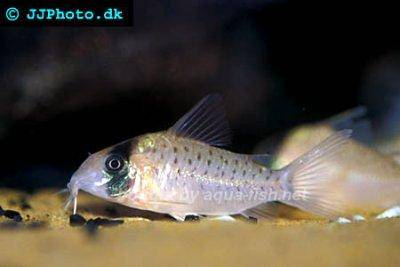


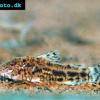 Aspidoras
Aspidoras 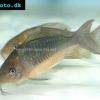 Giant
Giant 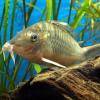 Hognosed
Hognosed 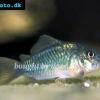 Emerald
Emerald 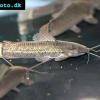 Cascarudo
Cascarudo 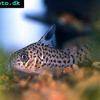 Acre
Acre 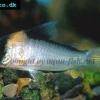 Adolfo’s
Adolfo’s 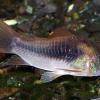 Bronze
Bronze  Agassizii’s
Agassizii’s 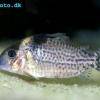 Spotted
Spotted 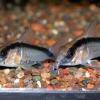 Skunk
Skunk 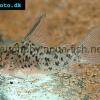 Corydoras
Corydoras 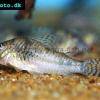 Corydoras
Corydoras 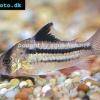 Pink
Pink 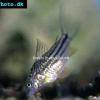 San
San 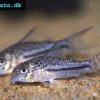 Bond’s
Bond’s 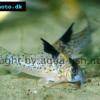 Spotted
Spotted 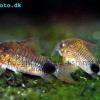 Tailspot
Tailspot 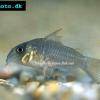 Concolor
Concolor  Cope’s
Cope’s  Sand’s
Sand’s 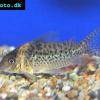 False
False 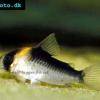 False
False 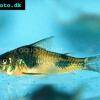 Ehrhardt’s
Ehrhardt’s 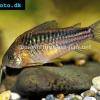 Elegant
Elegant 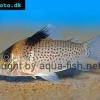 Saddle
Saddle 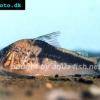 Fowler’s
Fowler’s 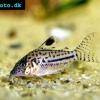 Gomezi
Gomezi 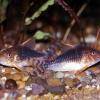 Palespotted
Palespotted 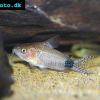 Guapore
Guapore 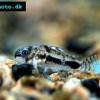 Dainty
Dainty 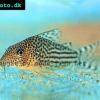 Mosaic
Mosaic 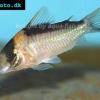 Imitator
Imitator 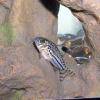 Julii
Julii 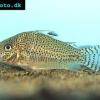 Leopard
Leopard 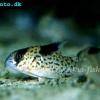 Black
Black 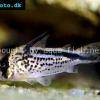 Slant-bar
Slant-bar 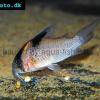 Bluespotted
Bluespotted  False
False 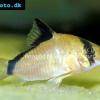 Bandit
Bandit 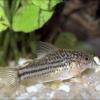 Mini
Mini 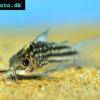 Napo
Napo 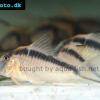 Corydoras
Corydoras  Blue
Blue 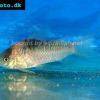 Nijssen’s
Nijssen’s 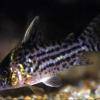 Ornate
Ornate 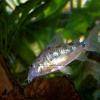 Peppered
Peppered 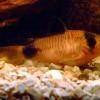 Panda
Panda 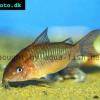 Albertini
Albertini 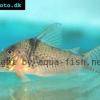 Pastaza
Pastaza 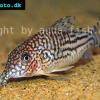 Corydoras
Corydoras 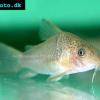 Many-spotted
Many-spotted 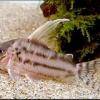 Pretty
Pretty 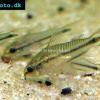 Dwarf
Dwarf  Iridescent
Iridescent 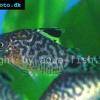 Reticulated
Reticulated 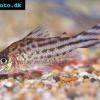 Bannertail
Bannertail 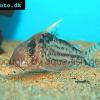 Robust
Robust 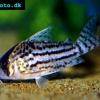 Schwartz’s
Schwartz’s 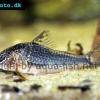 Black
Black 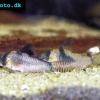 Longnosed
Longnosed 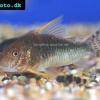 Seuss’
Seuss’ 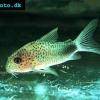 Smudge
Smudge 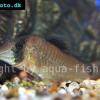 Masquerade
Masquerade 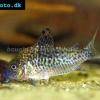 False
False 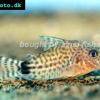 Millenium
Millenium 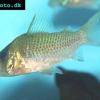 Pinkthroat
Pinkthroat 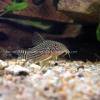 Sterba’s
Sterba’s 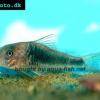 Longsnout
Longsnout 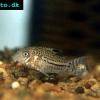 False
False 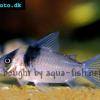 Miguelito
Miguelito 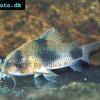 Twosaddle
Twosaddle 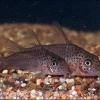 Xingu
Xingu 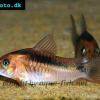 Black
Black 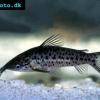 Porthole
Porthole 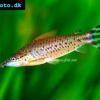 Flagtail
Flagtail 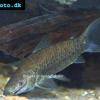 Brown
Brown 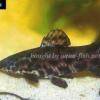 Spotted
Spotted